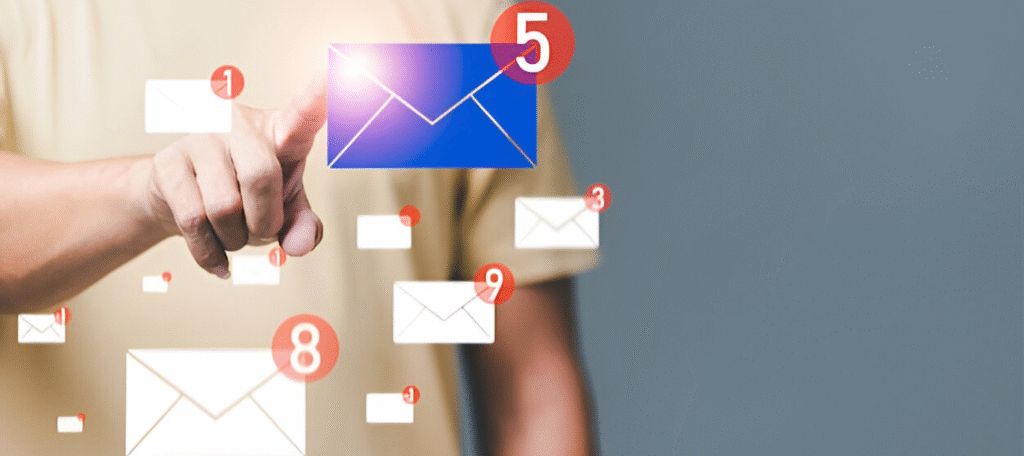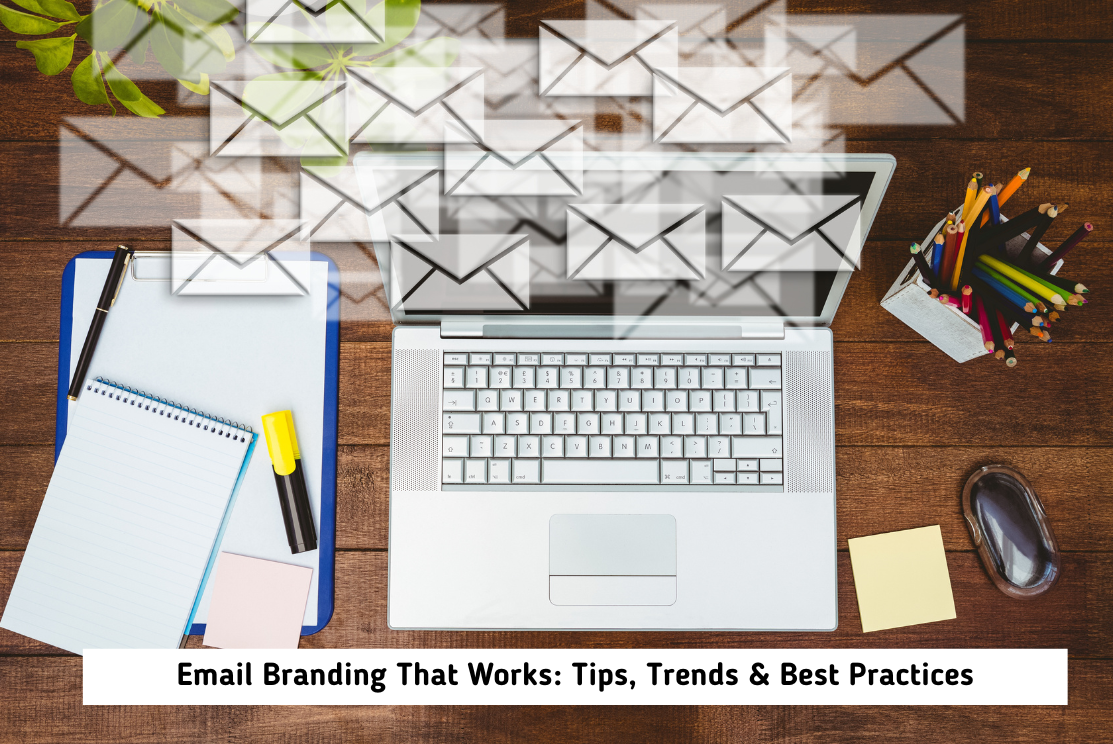The complex process of creating a unique identity for your company’s email communications is known as email branding. A wide range of strategies, like the development of a customized email signature, the use of distinctive typefaces and colors, or the design of visually appealing themes, can help achieve this objective.
The appearance of a personalized email brand enhances your company’s credibility and makes it stand out in the eyes of its recipients. Additionally, this creative branding approach enables companies to break free from the limitations of mediocrity and differentiate themselves in the face of intense market rivalry, all the while leaving a lasting impact on their esteemed clientele.
Why Is Email Branding Important?
It is impossible to exaggerate the importance of email branding for companies. There are multiple fundamental justifications for its necessity. First of all, it makes it easier to project a more refined and respectable image, which creates a sense of sincerity and reliability that distinguishes the company from its competitors.
Additionally, with so many companies fighting for consumers’ attention, email branding gives them a competitive advantage. As a result, it becomes crucial to make sure emails are displayed in the most eye-catching and persuasive way possible. The outcome? Attracting more clients led to the business’s exponential expansion.
Finally, email branding encourages the growth of strong client relationships. Businesses may show their customers that they appreciate them and are committed to establishing a long-lasting and sustainable connection by maintaining a consistent message and image.
How to Get Started With Email Branding?

There are numerous methods for starting the email branding process. However, maintaining a strong consistency in your methodological approach is the most important aspect of this endeavor. To strengthen your brand identification, this means using the same typefaces, colors, and design components across all of your messages.
Creating a Custom Signature
The creation of a distinctive signature is crucial at the beginning of email branding. To help with brand recall and recognition, this signature should include your company logo, brand-specific colors, and contact details.
In order to make a personalized signature, you must:
- Select a company logo: This is the primary and most significant step. Your emblem is the face of your brand and must be conspicuous and easily recognizable. If you do not yet possess a logo, it is essential to create one at this juncture.
- Select your colors: After you have decided on a logo, you must choose two or three colors that best represent your brand. From your website to your email signature, you should use these colors in all of your correspondence.
- Choose a typeface: Selecting a typeface for your signature is the next step. The typeface you choose ought to be readable and consistent with your brand’s overall aesthetic.
- Include your contact details: Lastly, your signature needs to contain your contact details, which should include your name, job title, company name, and website.
After creating your signature, you must include it in every business email you send. To sign your business emails, follow these four steps:
- Navigate to your email program’s settings.
- Click on the “Signature” menu.
- Sign the box by pasting it in.
- Save your modifications.
Whenever a business email is delivered, an automated insertion of a signature is accomplished, which bears the hallmark of the sender’s identity. Such a strategy is a powerful and efficient way to make the sender’s identity stick in the receivers’ thoughts and to make it easier to communicate and engage with them.
Designing Branded Email Templates
Creating aesthetically pleasing and consistent email templates is the next stage in email branding, following the creation of a customized email signature. At each touchpoint, these templates ought to convey the essence of your brand.
What should be in your email template is as follows:
- Branded Header: Use your logo, tagline, or hero image at the top of the email.
- Consistent Fonts & Colors: Stick to your brand’s color palette and font family throughout the template.
- Clear Call-to-Action (CTA): Use bold and on-brand CTA buttons that align with your marketing goals (e.g., “Book a Call,” “Shop Now”).
- Mobile Optimization: Ensure your templates are responsive and look good across all devices, especially smartphones.
Concluding remarks
Email branding is more than just attractive design; it is about giving each recipient a dependable, memorable, and consistent experience. In a congested inbox, you may improve your brand and leave a lasting impression by coordinating your images, tone, and structure.
FAQS
1. What is email branding?
The process of giving every email correspondence a company sends an identifiable and consistent identity is known as email branding. Using particular colors, typefaces, logos, voice/tone, and design components that represent your brand is part of this.
2. Should email branding match my website and social media?
Indeed! Maintaining uniformity throughout your website, social media accounts, and emails strengthens your brand identification and increases audience familiarity and trust.
3. Can small businesses benefit from email branding?
Of course! Professional, branded emails may increase engagement and trust for even small firms. It makes a good impression, helps you stand out from the competition, and fosters trust.

